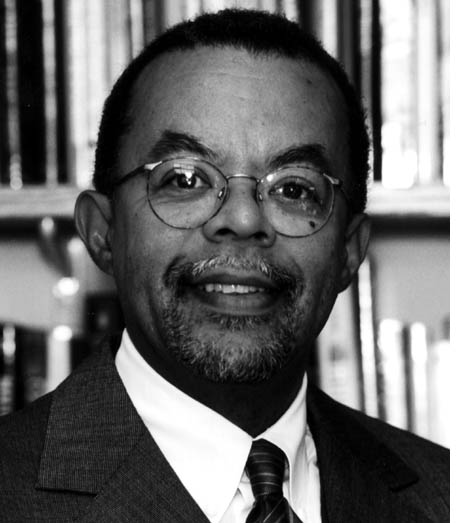
In a 1900 speech at the National Baptist Convention, Burroughs said women within the church have “come now to the rescue,” but needed to have the freedom to carry forward its mission. “Burroughs organized women to do forms of social protest and social work and remained an active voice in the civil rights movement,” he told the PBS NewsHour’s Jeffrey Brown.

One of those women was Burroughs, a Black suffragette, who co-founded the Women’s Auxiliary of the National Baptist Convention, which Gates described as “the feminist wing within the Baptist Church.” Gates said he wasn’t fully aware of Burroughs’ contributions until he read Evelyn Brooks Higginbotham’s book “Righteous Discontent,” which documents how Black women in the Baptist church made a place of worship into a site for social change. Two Black women featured in his documentary series - Nannie Helen Burroughs and Mahalia Jackson - separately contributed to two of the greatest movements in America, women’s suffrage and the civil rights movement.ĭated between 19, this photo shows Nannie Helen Burroughs holding a banner that reads, “Banner State Woman’s National Baptist Convention.” Photo courtesy of Library of Congress “The church is a very human institution,” Gates said, “and the Black church is no exception to that.” And along with viewing the Black church through a critical eye and exploring its origin, the new PBS series also pays tribute to the often overlooked work of Black women for the Black church. He explains how the Black Church has played such a vital role in Black liberation, since its beginnings. In his latest documentary series and book, “The Black Church: This Is Our Story, This Is Our Song,” Gates examines the cultural institution within Black communities.

said, their roles have both been suppressed within the church and forgotten when recounting its history.


While the “backbone of the church has been Black women almost from the very beginning,” historian Henry Louis Gates Jr.


 0 kommentar(er)
0 kommentar(er)
